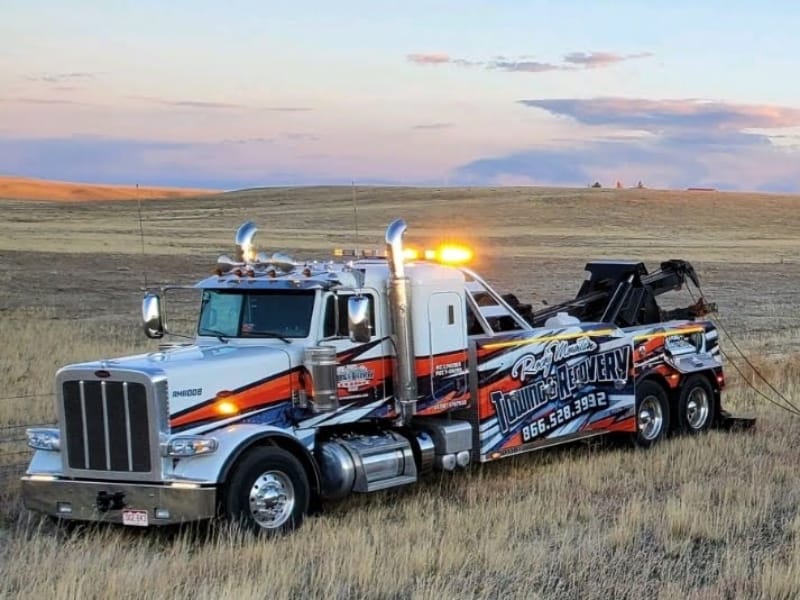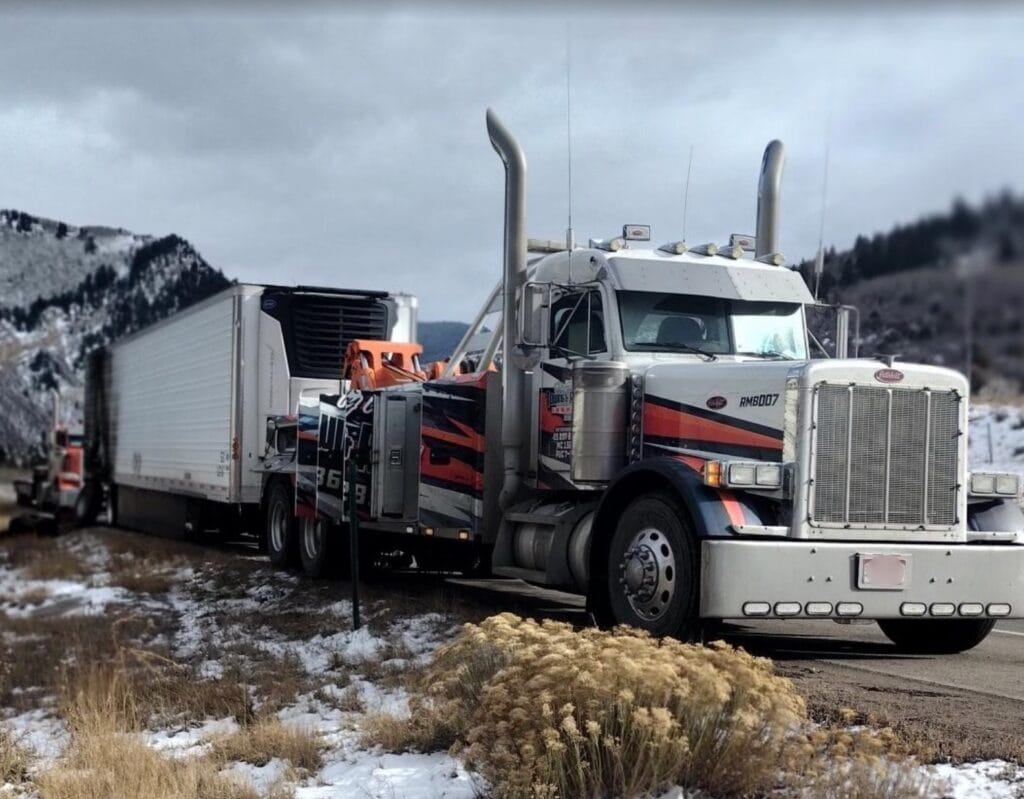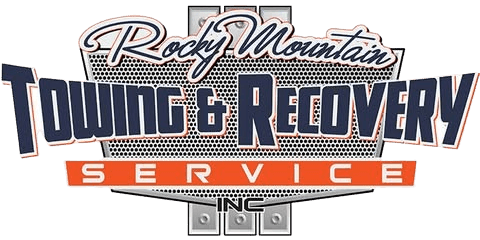No Roads, No Problem
It always starts the same way: a call from a driver stuck miles off pavement, engines silent, wheels buried, and no easy route back. They need more than just a tow. They need a team who can find them, figure out a recovery route, and bring their rig out without causing more damage. That’s where our Denver off-road heavy recovery work begins.
Getting big trucks out of tight, remote areas is one of the most unpredictable parts of what we do. Roads are easy. Nature? Not so much. In the Colorado backcountry, “off-road” can mean muddy easements, oilfield tracks, or even narrow switchbacks through thick forest. These aren’t the kinds of places heavy wreckers were designed for. But that’s never stopped us.

Why Big Rigs Get Stuck in the First Place
Heavy trucks don’t usually wander off the main drag unless they’ve got good reason—delivery to a remote site, logging operation, mining project, or some unfortunate GPS detour. And once they’re off-road, all bets are off. We’ve seen:
- Logging trucks stuck axle-deep in soft forest soil.
- Water tankers sunk into clay-heavy ranch roads.
- Dump trucks stranded mid-slope on a washed-out trail.
- Semis pinned between trees on a narrow service path.
Building the Recovery Plan
The first step is getting to the site. We start with a scout—someone from our team hits the location in a 4×4, checking conditions and planning equipment access. We often need to clear paths, build traction mats, or even winch trees out of the way.
Once we’ve got eyes on the truck, we figure out how to stabilize it. We look at:
- Vehicle angle and weight distribution
- Ground condition beneath the tires or frame
- Closest safe tow points or winch anchors
- Potential damage if we pull from the wrong spot
Tools That Get the Job Done
No single tool handles all recoveries. We pick our equipment based on the scene:
- Rotators: For heavy lifts where direct pulling would be risky.
- Winch trucks: For controlled line tension from unusual angles.
- Matting and recovery boards: To build temporary roadways across soft ground.
- Airbags: To lift vehicles when we can’t safely dig or winch.
A good portion of our Denver off-road heavy recovery calls happen in places with no clear pull direction. That’s where multiple anchor points and clever rigging come into play.
What Makes These Jobs So Tough
The weight of the vehicles is one thing—but the setting is what turns a tough Denver off-road heavy recovery job into a real challenge. We’re often miles from pavement, without cell signal, with just enough room to move one axle at a time. Safety is always on our minds. One misstep with a 40-ton truck on a slope, and we’re in a much worse situation.
Lessons We’ve Learned Off the Beaten Path
Here are a few things we’ve picked up while recovering trucks in the wild:
- Never assume the weather won’t change. We’ve seen dry trails turn into mudslides overnight.
- Weight shifts fast. One corner of a trailer dips, and you’re fighting gravity the rest of the way.
- Don’t skip prep work. Ten minutes clearing debris or setting up mats saves hours of struggling later.
- Communication is key. Spotters, operators, and drivers need to be in sync at every step.
We’ve taken Denver off-road heavy recovery calls in the middle of a snowstorm, pulled wreckers through sand dunes, and even extracted a semi from a half-frozen creek bed. Each one pushed our limits and deepened our respect for how unforgiving Colorado’s terrain can be.

Rocky Mountain Towing: We Get Your Denver Off-Road Heavy Recovery Done
There’s no one-size-fits-all solution in this line of work. Our Denver off-road heavy recovery operations rely on skill, strategy, and teamwork. It’s not just about horsepower or steel—it’s about reading the situation, staying calm under pressure, and doing the job without making the mess worse.
And that’s why, whenever we answer a Denver off-road heavy recovery call, we show up ready—because tight spaces and rough roads are just part of the job.
